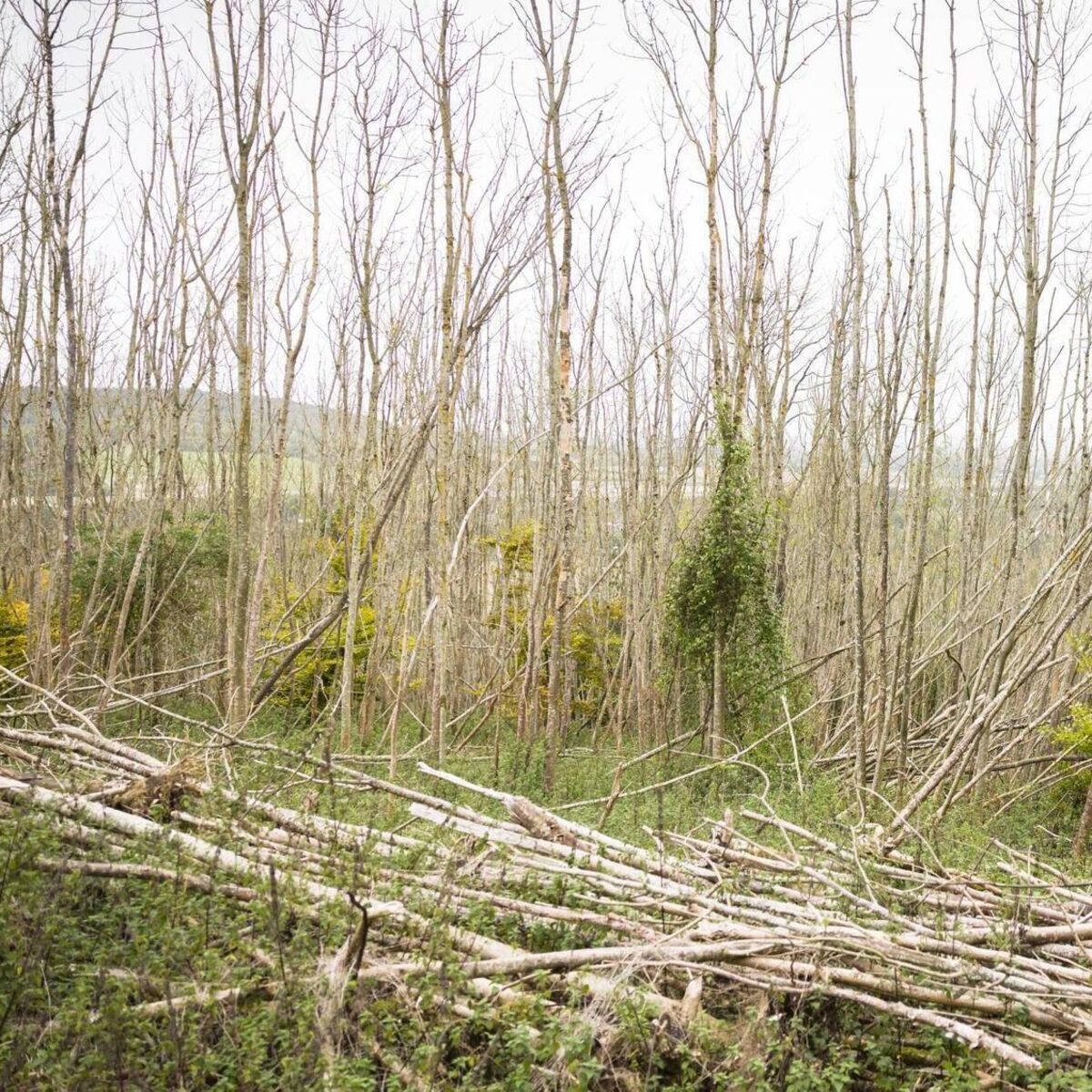‘Lads are more careful’ – players looking after hurleys and buying in bulk due to ash dieback threat
By Irishexaminer.com,John Fogarty
Copyright irishexaminer

However, he has reported hurlers are conscious that supply could soon dry up. “Lads are more careful with their hurleys,” said Falconer. “Before, lads would have left them outside and in the cold or in boot of a car but that’s gone now. They’re caring more for their hurleys and using oil to preserve them. They’re more valuable.
“It’s about keeping what they have and they see it’s in the news and if they have a nice hurley, they’ll want to mind it now. Some would have tried the bamboo and maybe they don’t like it so they buy an extra one or two ash hurleys, oil them and put them away.”
Falconer has been travelling to England to cut ash such is the scarcity of the wood in Ireland because of the fungal disease, which was first detected in Ireland 13 years ago. “We still have ash coming into this country from England and Ukraine to keep us going but it looks like it’s going to be bamboo or another material in the future.”
He reports Coillte appear to be agreeable to making their ash trees accessible to hurley makers. “We had a meeting with them a few weeks ago there, which was very positive, and look, we should talk again next week now, so hopefully the ball will get rolling.”
The association are also speaking with Minister for Forestry, Farm Safety and Horticulture Michael Healy Rae about obtaining licences to cut on the land of private forestry companies.
The hurley makers are convening early next month to discuss how they can harness hurling and camogie’s protected cultural heritage status by the United Nations Education and Scientific Organisation (UNESCO), which was confirmed in 2018.
“We are going to be setting up a group to look at how UNESCO recognition can help the craft of hurley making,” said Falconer, who is based in Piltown, Co Kilkenny. “After all, we are an ancient sport in fairness and making hurleys is probably the last major handcrafted activity in this country.”
There has been some positive news with younger ash trees showing resilience to the dieback. In June, a study in Surrey found that incremental, natural gene changes in saplings were indicating more of them were able to combat the disease.
However, Falconer remains sceptical. “Very few of them (are resilient). The older trees are definitely stronger. I was in the UK cutting lately and you would notice some of the older ones are a lot more resilient.
“In this country, so much of it is gone. It’s hard to figure out how it can affect two trees and then the next two beside them could be perfect.”



